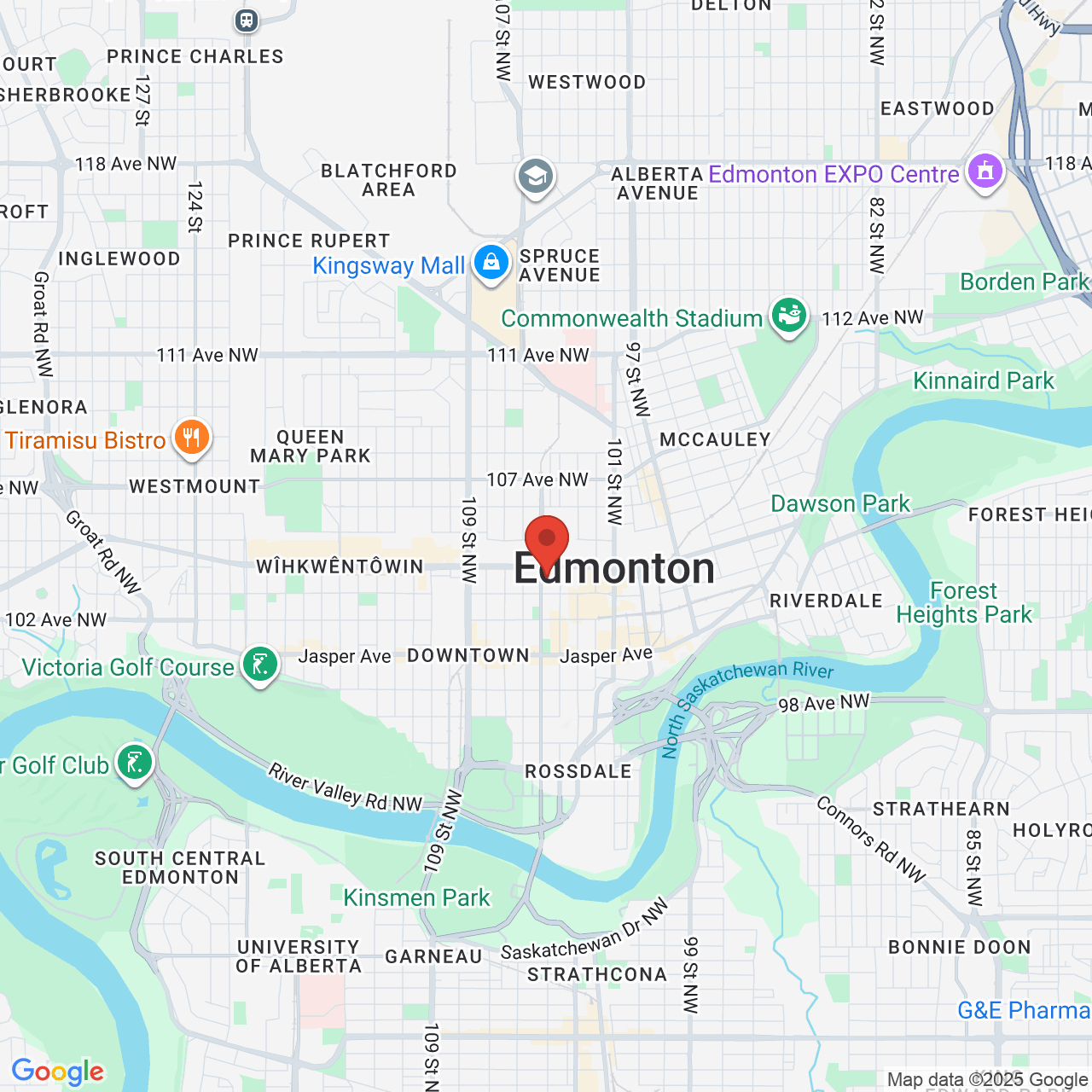Physical Therapy for TMD and TMJ
 The temporomandibular joint (TMJ) is the joint that connects the jaw to the skull. The TMJ allows the jaw to move so a person can speak, bite, and chew. Many people suffer from TMD or temporomandibular disorder. TMD limits jaw movement and causes uncomfortable symptoms such as lockjaw, headaches, ringing in the ear, and discomfort while chewing and speaking.
The temporomandibular joint (TMJ) is the joint that connects the jaw to the skull. The TMJ allows the jaw to move so a person can speak, bite, and chew. Many people suffer from TMD or temporomandibular disorder. TMD limits jaw movement and causes uncomfortable symptoms such as lockjaw, headaches, ringing in the ear, and discomfort while chewing and speaking.
At his dental practice, Dr. Nathaniel Podilsky diagnoses TMD and creates an effective treatment plan for patients. Often, physical therapy alleviates TMD and TMJ symptoms to improve jaw functions. Here, Dr. Podilsky explains how physical therapy can benefit his Edmonton, AB, patients who suffer from TMD and how additional dental treatments may also be effective in treating the condition.
How Can Physical Therapy Help With TMJ and TMD?
TMD can be a result of joint-related issues, soft tissue-related issues, or a combination of both. Lifestyle factors such as posture, breathing patterns, bruxism (teeth grinding and clenching), and stress can also contribute to TMD symptoms. Physical therapy can help with TMD symptoms because the prescribed exercises and practices relax the muscles and tendons surrounding the TMJ, encouraging the jaw to sit in its proper position.
What Should I Expect from Physical Therapy?
TMD treatment is highly personalized, so each patient can expect a slightly different treatment plan. Physical therapy is meant to educate patients about the practices and habits contributing to TMD, offer helpful self-management routines, and prescribe exercises and therapies that are effective in alleviating TMD symptoms. A successful physical therapy treatment may include:
- Exercises to practice proper posture and body mechanics
- Exercises that focus on the muscles and tendons surrounding the TMJ
- Hands-on treatments to mobilize the soft tissues of the TMJ
- Ultrasound or electric stimulation of the TMJ
- The use of hot or cold compresses
When Should I Consider Dental Treatment?
Physical therapy helps many of our Edmonton patients find relief from TMD symptoms, but sometimes dental treatment is necessary to adequately address the condition. TMD is regularly linked to oral injuries, malocclusion problems (a misaligned bite), or poor dental habits, including grinding and clenching. Dr. Podilsky thoroughly examines patients to determine what is contributing to TMD and how it can best be treated.
Depending on the needs of each patient, dental treatments that may be effective in alleviating TMD include:
- Orthodontic treatment (to improve the alignment of the teeth and jaw)
- Restorative dentistry treatment (dental fillings, dental crowns, or other services to treat tooth erosion or dental damage)
- The use of an oral splint or custom mouthguard (to hold the jaw in proper alignment while a person sleeps to prevent grinding and clenching)
Contact Us
If you hear clicking or popping when you open or close your mouth, and you suffer from jaw pain, frequent headaches, or ringing in the ears, you may be experiencing the symptoms of TMD. To discuss your concerns with Dr. Nathaniel Podilsky and receive an accurate diagnosis and effective treatment plan, schedule an appointment at DentaCare Group at your earliest convenience. To get started, send us a message online or call our Edmonton dental practice at (780) 428-6846.


